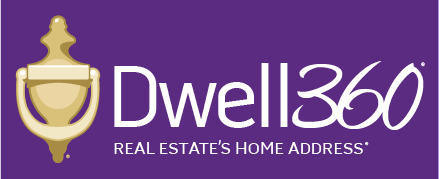Smart Homes Part 4: Speakers and Entertainment
While most smart devices are for productivity, some also provide entertainment and fun! We’ve mentioned smart speakers and smart hubs (also known as smart displays) in previous posts, and we’ll go deeper into those here, as well as discuss smart TVs.
Smart Speakers: Amazon Echo & Google Nest
The two most popular brands for smart speakers are Amazon and Google, which we touched upon briefly in the second post in our series, Part 2: Staying Connected. Amazon offers the Echo, with its voice assistant, Alexa, while Google offers the Google Nest, with its voice assistant, Google Assistant.
Amazon offers multiple versions of the Echo, such as the classic Amazon Echo, the Echo Dot, the Echo Studio, and more. To see the most recent products offered, check out this article. The Google Nest (previous versions being called the Google Home) offers similar capabilities as the Amazon Echo. Some common products are the Google Home and the Nest Mini. Check out this article to learn about all the different offerings. Here, we’ll cover some of the basic similarities and differences in smart home abilities between the Echo and Nest.
Before we go into it, here’s a helpful note: The Echo and Home are the actual speakers, while Alexa and Google Assistant are the voice assistants!
Similarities
The Echo and the Nest can both connect to your smart devices (see the bullet under “Differences” to learn more), and Alexa and Google Assistant can then control them - with your voice!
Routines
Routines are a feature of both devices. Essentially, in their respective apps, you can create a specific voice command (and with Alexa, you can also trigger it with a certain action) that triggers the Routine. A “Routine” is a group of different abilities that Alexa or Google Assistant performs all at once.
An example Routine: “Hey Google, good morning!” - Google Assistant will tell you your daily appointments and reminders, turn off silent mode on your phone, turn on the lights, and play some soothing wake-up music.
Learn more about Alexa Routines here, and more about Google Assistant Routines here.
Some popular compatible smart products/brands:
August Wi-Fi Smart Lock
Ecobee 5th Gen Smart Thermostat
Philips Hue Smart Lights
Arlo Q Security Camera
Lifx Mini Smart Bulbs
Ring devices
Samsung SmartThings
Logitech Harmony
Nest Smart Devices
LG
You can play music and podcasts, ask questions, set timers, ask for the weather, figure out your tasks for the day, and more to stay productive.
If you have multiple smart speakers, you can play music on all of them at once.
Differences
Google Nest has all of its own smart home devices, while Amazon does not. However, Alexa can control many third-party devices, including most of the Google Nest smart devices!
With Routines, although both have the ability, there is one key difference in how you can trigger them. With Alexa, you can trigger a Routine with an action, like opening the front door, as well as with a voice command. However, with Google Assistant, you can only trigger a Routine with a voice command.
Alexa has a feature called Hunches, which is a powerful smart home feature, while Google Assistant does not have this or a similar feature. A “hunch” is exactly what it sounds like - a hunch that Alexa has about what’s going on (which you preset). Depending on what you choose, she can either alert you of what’s going on (for example, if everyone leaves and the door is unlocked, she can say “The door is unlocked.”), or she can act on her hunch herself (instead of telling you, she just locks the door when everyone leaves - if you have a smart lock).
We’ve given you a good amount of information, but be sure to check out more smart home features from Alexa and from Google Assistant if you’re interested.
Smart TV
Many TVs nowadays can do much more than displaying your favorite shows or the big game. We took a look at the Samsung and LG smart TVs, and provided information about some of their interesting features.
Similarities
TVs from both brands are compatible with Alexa and Google Assistant.
Both TVs have a smart remote that you can speak into to control the TV.
The TVs can act as a hub for your smart home and your smart devices. You need to connect compatible devices for the TV to control them.
You can perform many smart home capabilities from the TV, such as viewing security camera footage, turning lights on and off, and getting reminders.
Differences
Samsung has its own home automation system, called SmartThings, which can be controlled by a dashboard on the Samsung TV. While LG doesn’t have it’s own home automation system, it does have something called ThinQ, which is a line of products with smart home capabilities and AI tech. ThinQ products can be controlled by the smart TV (which is also a ThinQ product).
Some LG TVs actually have Google Assistant, Amazon Alexa, and ThinQ AI built in, so you don’t even need to buy a separate Google or Amazon smart speaker to get the features. Samsung TVs do not have this feature.
Samsung offers a smart TV that, when turned off, looks like a picture in a frame. LG does not offer a TV with this unique feature.
First introduced in 2018, the Amazon Fire TV Cube was one of the first to offer a TV experience that was hands-free. With your voice, you can turn the TV on and off, control the channel and shows being watched, play music, and more. You don’t even need to connect an Echo or other device in order to use your voice. When the TV is turned off, the Cube functions as an Echo. There is now a second generation Fire Cube, which has more power and some more capabilities, such as Local Voice Control, which makes controlling your TV easier.
Smart Displays: Echo Show & Nest Hub
We covered these briefly in Part 2: Staying Connected but we’ll go a little deeper here. Smart displays, which Amazon and Google both offer, the Echo Show and Nest Hub (and Nest Hub Max), respectively, allow you to control your smart home, make video calls, view calendar events, and more from one screen. Here are some similarities and differences between the two companies’ displays.
Similarities
Control your smart home devices! In most cases, you may not even need a separate smart hub.
View live security camera footage.
Compatible with its respective voice assistant (Alexa or Google Assistant).
Play music, videos, movies, and TV shows from compatible streaming services.
Control the hub with their respective voice assistant.
Display recipes to follow along with when cooking.
Take pictures with the camera, and display photos on the screen like a digital frame.
Use the built-in camera as a security camera to keep tabs on things when you’re not home.
Differences
The newest Echo Show (the Echo Show 10 - 3rd Gen) has a screen that can turn to move with you. This is very convenient when you’re on a video call, but are moving around the room. Nest Hubs do not have this feature.
The Nest Hubs can all be controlled in some way with specific hand gestures. Echo Shows do not have this feature.
The Nest Hub Max has face recognition, which means that each family member sees their own respective dashboards whenever they walk up to the screen. The kids won’t be able to see specific reminders meant for mom! This feature is not available with Echo Show.
The Nest Hubs have a built-in automation protocol (see Part 2: Staying Connected) to learn about automation protocols), whereas the Echo Show does not.
We hope you found this information useful. Be sure to check out the final post in our series!
Dwell360 is a residential real estate firm based in Newton, Massachusetts, servicing the cities and suburbs of metro Boston. We are focused on our customers and our experience in the residential real estate market is extensive. Search for homes in Massachusetts and then give us a call.
Sources
Tom’s Guide. The Best Alexa Compatible Devices in 2021. Retrieved from https://www.tomsguide.com/best-picks/best-alexa-compatible-devices.
Tom’s Guide. The Best Google Home Compatible Devices in 2021. Retrieved from https://www.tomsguide.com/best-picks/google-home-compatible-devices.
Tech Radar. Alexa vs Google Assistant, Which Voice Assistant is Best for Your Smart Home? Retrieved from https://www.techradar.com/news/alexa-vs-google-assistant-which-voice-assistant-is-best-for-your-smart-home.
Amazon. Alexa Routines. Retrieved from https://www.amazon.com/alexa-routines/b?ie=UTF8&node=21442922011&ref_=alxhb_smhm_bttns_lrn_routns.
Google Nest Help. Set Up and Manage Routines. Retrieved from https://support.google.com/googlenest/answer/7029585.
Amazon. Device Specifications: Fire TV Cube. Retrieved from https://developer.amazon.com/docs/fire-tv/device-specifications-fire-tv-cube.html.
Amazon. Alexa Smart Home. Retrieved from https://www.amazon.com/b?ie=UTF8&node=21442899011&ref=exp_SH_Infl_YT_Paid.
Google Assistance. Available on Speakers. Retrieved from https://assistant.google.com/platforms/speakers/.
Samsung. Make Your Home a Smart Home. Retrieved from https://www.samsung.com/us/televisions-home-theater/tvs/smart-tv/smart-home-with-iot-devices/.
LG. See How Good AI Can Be. Retrieved from https://www.lg.com/us/experience-tvs/smart-entertainment.
Amazon. Echo Show (2nd Gen). Retrieved from https://www.amazon.com/All-new-Echo-Show-2nd-Gen/dp/B077SXWSRP.
Google Store. Compare Smart Displays. Retrieved from https://store.google.com/us/magazine/compare_nest_hub.
Google Store. Nest Hub (2nd Gen). Retrieved from https://store.google.com/us/product/nest_hub_2nd_gen?hl=en-US.
Google Store. Nest Hub Max. Retrieved from https://store.google.com/us/product/google_nest_hub_max?hl=en-US.



